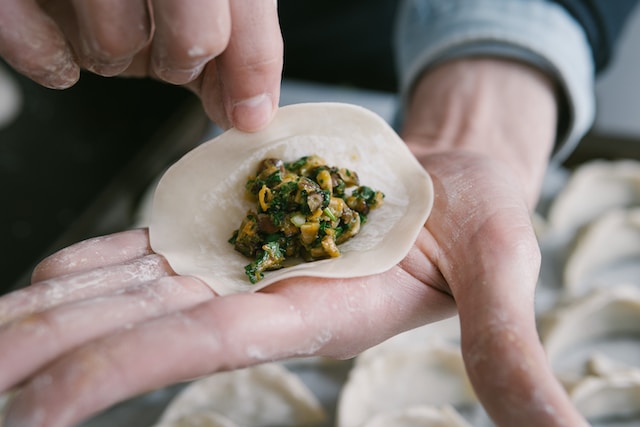
China is a vast and diverse country with a rich culinary tradition that spans thousands of years. Chinese cuisine is known for its bold flavors, savory soups, and delicate dumplings. But what are the palates of Chinese people and why is Chinese cuisine so unique?
One answer lies in traditional Chinese medicine, which emphasizes balance and harmony in all aspects of life, including food. This means that Chinese cuisine is based on the principles of balancing flavors, textures, and colors to create a harmony of taste and health benefits.
Key Ingredients in Chinese Cuisine
Chinese cuisine is renowned for its distinct flavors and textures which come from a combination of traditional seasonings, sauces, spices, and staple ingredients. In this section, we will explore some of the key ingredients that make Chinese cuisine so unique and flavorful.
Another factor that makes Chinese cuisine so unique is the diversity of ingredients used in cooking. From the spicy Sichuan peppercorns to the delicate lotus root, Chinese cuisine offers an endless array of flavors and textures to tantalize the senses.
Seasonings and Sauces
One of the most important aspects of Chinese cuisine is its use of seasonings and sauces to enhance the flavors of dishes. Some of the common seasonings and sauces used in Chinese cooking include soy sauce, oyster sauce, hoisin sauce, rice vinegar, and Shaoxing wine. Soy sauce, in particular, is a staple ingredient in Chinese cuisine and is used in many dishes to add a savory umami flavor.
Spices
Chinese cuisine is known for its bold and spicy flavors, and this is largely due to the use of various spices in cooking. Some of the most popular spices used in Chinese cuisine include Sichuan peppercorns, ginger, garlic, star anise, and cinnamon. Sichuan peppercorns are known for their numbing and tingling sensation, which gives Sichuan cuisine its distinctive flavor.
Staple Ingredients
Rice and noodles are staple ingredients in Chinese cuisine and are often served alongside meat and vegetable dishes. Rice is a crucial component of many Chinese meals, and it comes in various forms such as steamed rice, fried rice, and sticky rice. Noodles, on the other hand, are available in different varieties like egg noodles, rice noodles, and wheat noodles. Tofu is another staple ingredient used in Chinese cuisine that provides a vegetarian option for many dishes.
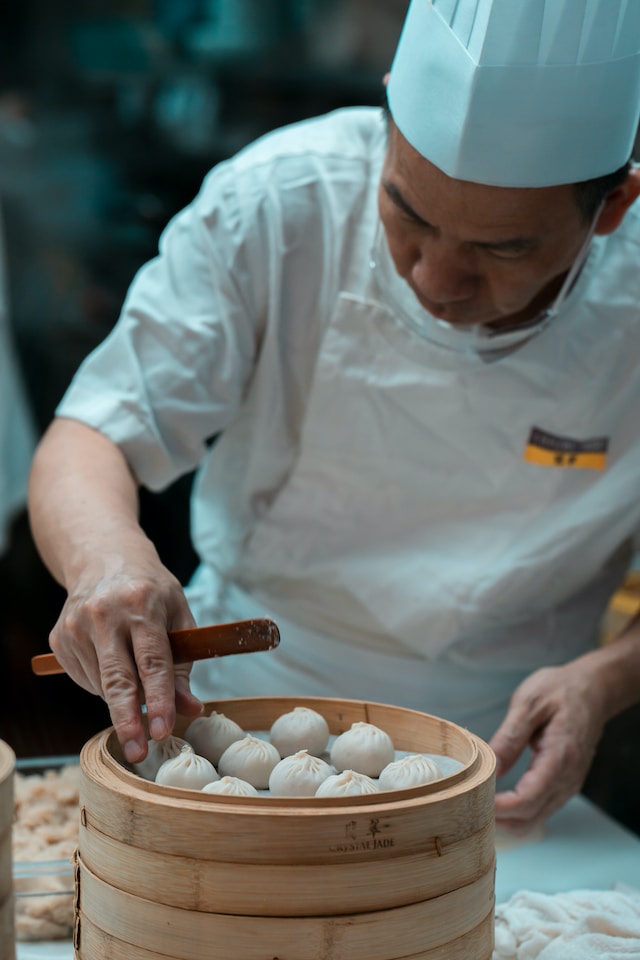
Cooking Techniques in Chinese Cuisine
Chinese cuisine is known for its complex flavors and cooking techniques that require precision and attention to detail. Below are some of the common cooking techniques that are used in Chinese cuisine.
Stir-Frying: Stir-frying is a common cooking technique used in Chinese cuisine that involves cooking food quickly in a wok over high heat. The food is constantly stirred or tossed to prevent burning and to evenly cook the ingredients. This technique is great for cooking vegetables, meats, and seafood.
Steaming: Steaming is a gentle cooking technique that is used to cook delicate foods like dumplings, fish, and vegetables. Steaming allows the food to retain its natural flavors and nutrients while preventing it from becoming overcooked.
Braising: Braising is a slow-cooking technique that involves searing meat and then simmering it in a flavorful liquid until it is tender and flavorful. This technique is great for tougher cuts of meat like pork belly and beef brisket.
The Wok and Its Significance in Chinese Cooking
The wok is a versatile cooking tool used in Chinese cuisine that allows for high-heat cooking and fast cooking times.
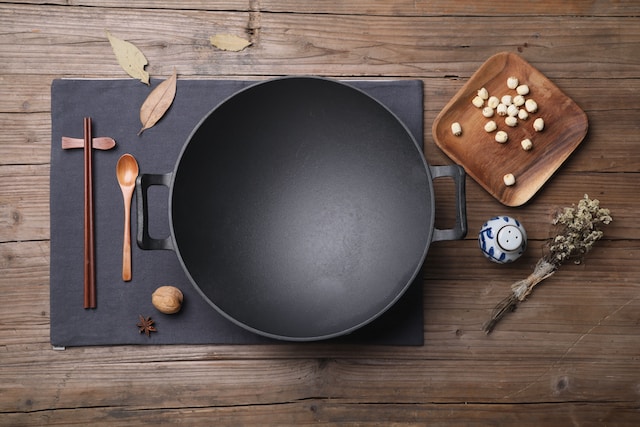
The shape of the wok allows for even heat distribution and the sloping sides allow for easy stirring and tossing of ingredients. The wok is used for stir-frying, deep-frying, and steaming, making it an essential tool in Chinese cooking.
Achieving Authentic Chinese Flavors at Home:
To achieve authentic Chinese flavors at home, it is important to use the right ingredients and techniques. Some tips include:
- Using high-quality, fresh ingredients like herbs, spices, meats, and vegetables.
- Experimenting with different cooking techniques like stir-frying and steaming.
- Using traditional seasonings and sauces like soy sauce, oyster sauce, and hoisin sauce.
- Cooking with a wok to achieve the same high-heat cooking and fast cooking times as traditional Chinese cooking.
By following these tips, you can create delicious and authentic Chinese dishes from the comfort of your own home. Don’t be afraid to experiment and try new things to truly appreciate the artistry and flavors that Chinese cuisine has to offer.
Famous Chinese Dishes:
Dim Sum: Dim sum is a popular Cantonese cuisine that consists of small bite-sized portions of food served in steamer baskets or on small plates. Dim sum can include steamed buns, dumplings, and other small savory or sweet items.
Peking Duck: Peking duck is a famous Beijing dish that is usually served with thin pancakes, sliced cucumber, and scallions. The crispy skin and juicy meat are the highlights of this dish.
Kung Pao Chicken: Kung Pao chicken is a spicy Sichuan dish that consists of diced chicken, peanuts, vegetables, and chili peppers. It’s a classic Chinese dish that’s loved by many.
Hot Pot: Hot pot is a communal dish that consists of a simmering pot of broth in which diners can cook various meats, vegetables, and noodles. It is a popular winter dish in China.
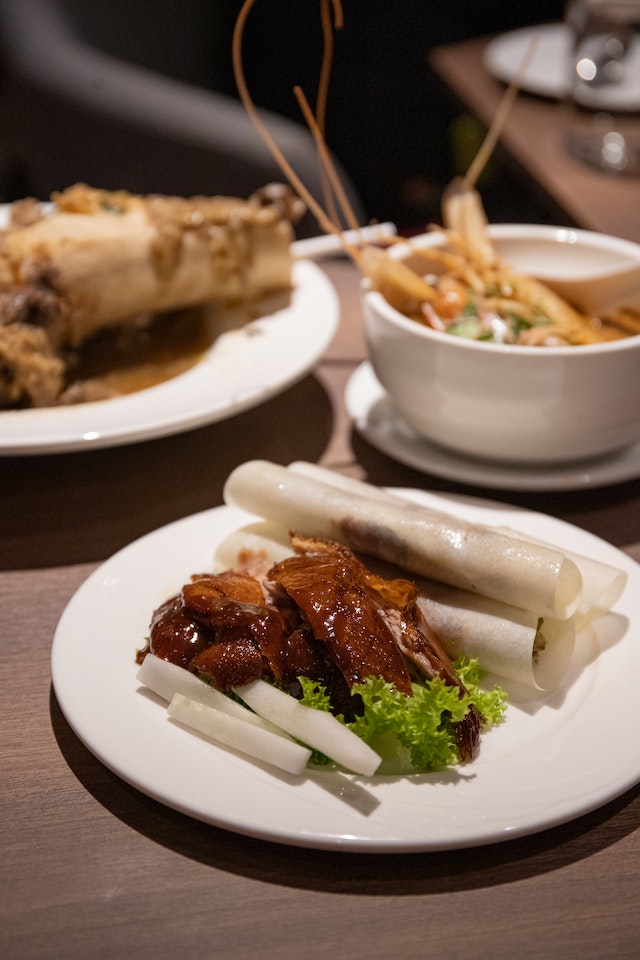
Mapo Tofu: Mapo tofu is a spicy Sichuan dish made with silken tofu, spicy bean sauce, minced pork, and chili peppers. The dish is known for its numbing and tingling sensation from the Sichuan peppercorns.
Dumplings: Dumplings come in various shapes and fillings and are a staple food in Chinese cuisine. They can be steamed, boiled, or pan-fried and are commonly enjoyed as a snack or part of a meal.
Chow Mein: Chow mein is a Chinese dish made with wheat noodles that are stir-fried with vegetables, meat, and sometimes seafood. It can be served as a main dish or as a side dish.
Fried Rice: Fried rice is a simple and popular dish made with steamed rice that is stir-fried with vegetables, eggs, and sometimes meat. It’s a staple side dish in Chinese cuisine.
These are just a few of the many famous Chinese dishes that are enjoyed around the world. Each dish has its unique flavor and texture, making Chinese cuisine a diverse and exciting culinary experience.
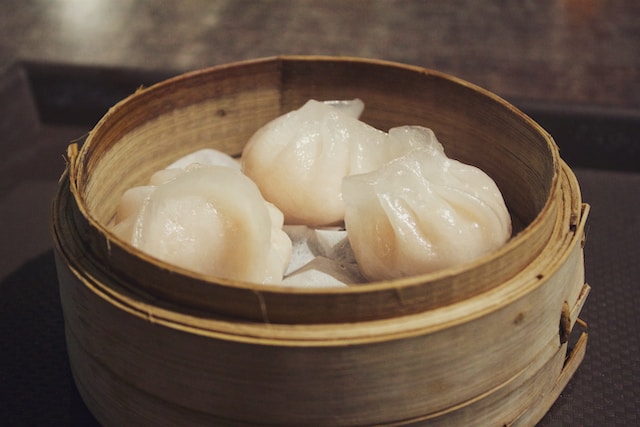
In addition to its delicious flavors, Chinese cuisine also has a rich cultural and historical significance. Many dishes have deep roots in Chinese culture and are passed down from generation to generation.
Chinese cuisine is a complex and fascinating culinary tradition that offers a unique blend of flavors, textures, and colors. From traditional dishes to modern fusion cuisine, there is something for everyone to enjoy in the world of Chinese cuisine. So the next time you sit down for a Chinese meal, take a moment to appreciate the artistry and flavors that make it so special.
